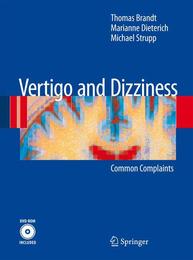Detailansicht
Vertigo and Dizziness
Common Complaints, Incl DVD
ISBN/EAN: 9781848829213
Umbreit-Nr.: 1665611
Sprache:
Englisch
Umfang: X, 148 S., 3 farbige Illustr., 3 Farbfotos, 3 s/w
Format in cm:
Einband:
Keine Angabe
Erschienen am 27.10.2009
Auflage: 1/2010
€ 42,75
(inklusive MwSt.)
Nachfragen
